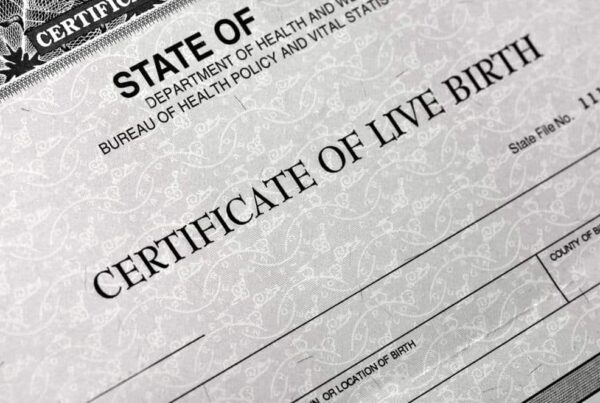
More and more families are being built through surrogacy. But how successful is surrogacy for families looking for an alternative to conceiving a child of their own ? It isn’t as simple as looking at the raw data for surrogacy statistics. It takes more than that to understand surrogacy success rates and the vast amount of statistics that are being reported. Here is a closer look at some common issues with this data and the resources used to gather this information.
Collecting Surrogacy Statistics
In order to understand the success rates of surrogacy, you have to have a general understanding of ART (Assisted Reproductive Technology) cycles that are collected and reported in the U.S. ART is monitored by the CDC with a system known as the NASS 2.0. This stands for National Assisted Reproductive Technology Surveillance System.
The CDC states that, though ART is incredibly useful in overcoming infertility, it can present a significant public health challenge. This is due to the increased risk of multiple births. This is associated with infant health outcomes as well as poor maternal outcomes. This is the reason why the CDC feels it is vital to monitor the effectiveness and safety of ART. During this monitoring, data and statistics are collected. However, it isn’t always consistent for different reasons.
ART cycles that are done in the U.S. should always be reported to the CDC. This is according to the Certification Act and Fertility Clinic Success Rate. The issue lies in the inaccuracy of the clinic report cycles. While a reputable clinic only provides factual information, they may only share the results that are favorable. That being said, the CDC does believe that the information they receive equals out to about 95% of all the ART cycles. This is thanks to NASS, yearly audits, site visits, and data validation.
The Moment Surrogacy Is Most Successful
There is a rough success rate of 75% in the U.S. using IVF clinics. However, when a surrogate is successfully pregnant, the success rate for birth is about 95%. That being said, the SART (Society for Assisted Reproductive Technology) notes the success rate will vary due to different factors.
One of the factors that affect the success rate of surrogacy is the age of the carrier. The ideal age range is 21–40 years of age. This age range is especially vital to the quality of the embryo that is implanted. The egg and sperm both have higher odds when their origins are healthy, young sources that meet a criterion that is strict. These sources should be under the age of 30, non-smoker, and have no major red flags in their medical history. This often means relying on a sperm/egg donor.
While the gametes of the intended parents may be successfully utilized, the IVF will most likely recommend PGT (Preimplantation Genetic Testing) if the quality is in question. This is, so the healthiest embryos are transferred after being identified. There is also elective single-embryo transfer, also known as eSET. This is a method that uses the best specimens. The embryos that remain are cryogenically preserved.
We are proud to be a part of helping hundreds of families finding their egg donors, as well as carriers, with amazing success. Learn more about building your family through surrogacy here.



